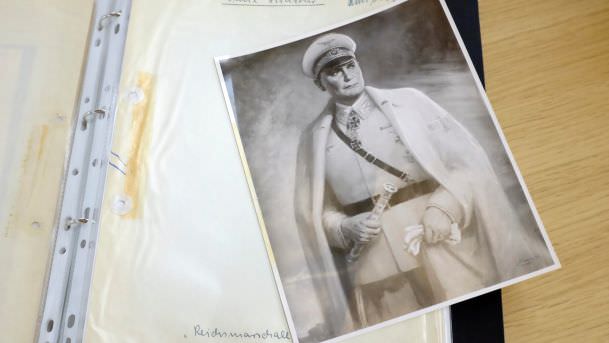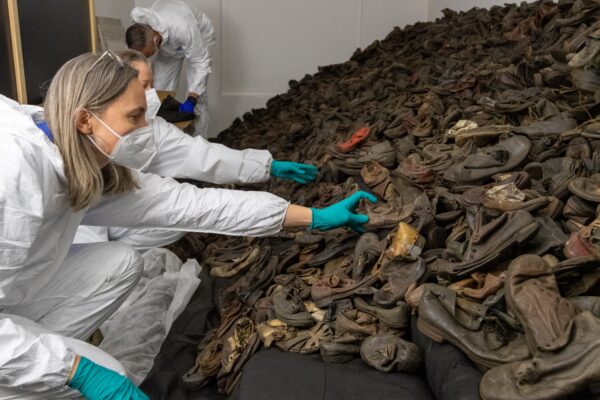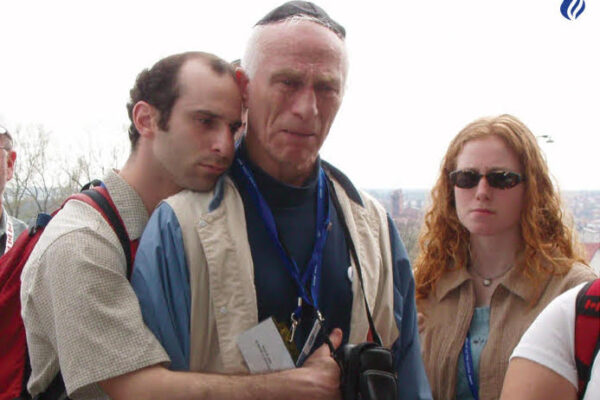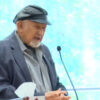By David B. Green
Appalled by the ruin of property that could have been seized, Nazi leaders decide on next step: To eliminate the Jews from the German economy.
November 12, 1938, was a decisive day – one of many – for the fate of Jews in Nazi Germany. It was on this date, some 48 hours after the end of Kristallnacht — the “Night of Broken Glass,” when Jewish communities across the Reich were attacked, many thousands of Jewish-owned businesses ransacked and nearly all of the country’s synagogues destroyed — that Reich Marshal Hermann Goering convened a meeting to discuss the steps to come.
By late 1938, Jews had already been ostracized from most parts of German society: They were deprived of their citizenship, prohibited from employment in the civil service, banned either from studying or teaching at universities, and prohibited from marrying with racially pure Germans.
Not surprisingly, by mid-1938, approximately 250,000 of Germany and Austria’s combined Jewish population of 710,000 had fled the country, even though this generally meant leaving behind all of their property.
Kristallnacht, although presented publicly at the time as a spontaneous chain of riots, sparked by the assassination of a German diplomat in Paris, was centrally coordinated and carried out by the Nazi Stormabteilung (Brownshirts). Aside from the physical destruction it entailed, and the murder over its two days of some hundred or hundreds of Jews, another 30,000 Jews were arrested and taken to concentration camps (though most were later released).
Don’t waste when one can commandeer
Goering, who was both commander of the air force and the minister with responsibility for many aspects of the German economy, saw Kristallnacht as unnecessarily destructive. His concern was not the Jews’ welfare, but rather the fact that so much of their property and businesses had been laid to waste, when it could have been expropriated for the benefit of the Reich’s economy.
On November 12, he hosted a meeting of some 100 officials from the Nazi party, and from the German government and economy, at the aviation ministry, in Berlin. Among those in attendance were propaganda chief Joseph Goebbels, security official Reinhard Heydrich and Eduard Hilgard, head of the German insurance association. Their objective was, as Goering announced at the outset, to determine the means to fulfill Adolf Hitler’s request to see the “Jewish question be now, once and for all, coordinated and solved one way or another.”
Much of the meeting was devoted to reviewing the consequences of the Kristallnacht pogroms.
When Reinhard Heydrich reported to Goering on the extent of damage to inventory, much of which, he explained was in Jewish-owned stores, but was not owned by the shopkeepers, Goering responded, “I wished you had killed 200 Jews, and not destroyed such values.” (Heydrich estimated at the time that actual losses in Jewish life had been about 35.)
Making the Jews pay compensation
Of particular irritation to Goering was the fact that Jews who suffered property damage in the pogroms would be able to make insurance claims to recoup their losses. Participants at the meeting heard the galling news that Jews would be eligible to receive up to 225 million reichsmarks (about $100 million in 1938) from insurance.
The solution found for that was a decree ordering that those damages go directly into state coffers, as partial payment of an “atonement fine” of 1 billion reichsmarks RM bill (about $400 million in 1938)[MAYBE DELETE PRECEDING PARENTHETICAL?] assessed to the Jewish community for the damage it incurred (that is, the Jews had to pay for the losses they suffered) and for “provoking” the disorders that led to the attacks.
Finally, the meeting issued the Decree on the Elimination of the Jews from Economic Life, which forbade Jews from working in stores, services or any trade, or belonging to any cooperative associations.
In the weeks that followed, additional measures completed the removal of Jews from playing any sort of role in German society.: Jewish children who still attended Germany schools were expelled, Jews were forbidden from attending theaters or other cultural venues, Jews could no longer possess driver’s licenses.
On December 5, 1938, Jewish residents of Berlin were ordered to leave their homes and move into a ghetto. The way was now paved for the deportation of Germany and Austria’s Jews to the east, and their eventual murder, along with that of the countries that were to come under the Third Reich’s control in the war that began the following year.
Original article published HERE








